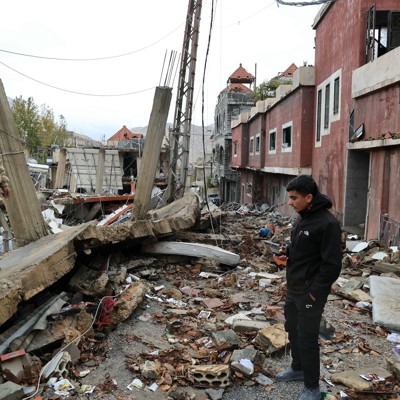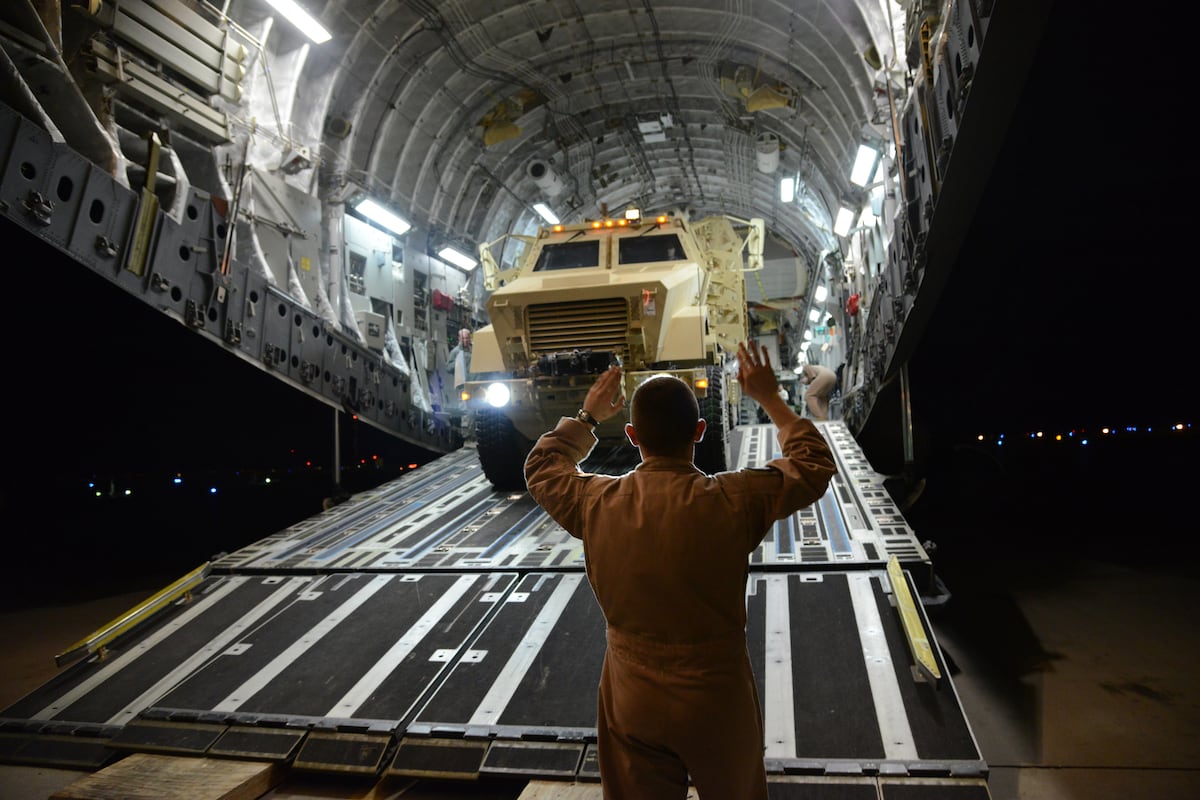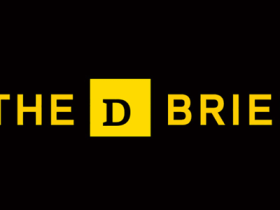Israel and the Lebanese militant group Hezbollah entered a 60-day ceasefire on Nov. 26, 2024, a move aimed at reducing tensions in the region more than a year into a multifront conflict.
Under the terms of the deal, Israel would gradually withdraw its forces from Lebanon, and Hezbollah would fully withdraw north of the Litani River. Meanwhile, the Lebanese Army would “deploy and take control over their own territory,” U.S. President Joe Biden said, adding that the United States, France and other allies have pledged to support the deal.
But what does the deal mean for the parties involved and future prospects for a more permanent cessation of hostilities? The Conversation U.S. turned to Asher Kaufman, an expert of Lebanon and border conflicts in the Middle East, to explain why they reached a ceasefire now and what it means going forward.
Why is the ceasefire deal happening now?
The timing of this ceasefire is the result of a convergence of interests among the government in Israel, Hezbollah itself and that of its chief sponsor, Iran—but all for different reasons.
For the Israeli government, domestic issues are at play. First off, the Israel Defense Forces (IDF) are exhausted after more than a year of war. This is particularly true for Israeli reservists, a growing number of whom are not turning up for duty. The Israeli general public, too, is tired of conflict, and a majority favors a ceasefire with Hezbollah.
Israeli Prime Minister Benjamin Netanyahu also has internal issues in his government to contend with. He is facing pressure from the ruling coalition’s ultra-Orthodox partners to draw up laws exempting ultra-Orthodox Jews from the military draft.
Reducing the need for active personnel by quieting the front with Lebanon will help in that regard. The secular and national-religious sectors of the society who do serve in the IDF and who are upset with the possibility of a formal draft-exemption law for ultra-Orthodox men may be more inclined to swallow this pill if the war with Hezbollah is over.
From the Israeli army’s perspective, the war in Lebanon is coming to a point of diminishing returns. It has succeeded in weakening Hezbollah’s military standingbut has been unable to wipe the militant group out entirely.
This also factors into Hezbollah’s thinking. The group has been seriously debilitated in Lebanon; the war has eroded its military capabilities. Unlike its previous position—reiterated time and again over the past year by its now-dead leader, Hassan Nasrallah—that a ceasefire would only be possible if first it is reached between Hamas and Israel in Gaza, Hezbollah and, by extension, Iran are now willing to delink the two fronts. This leaves Hamas in a far weaker position as they are now left without the support of Iran’s main proxy “axis of resistance” group. Drawing Hezbollah, and other aligned groups in the region, into direct confrontation with Israel had been Hamas’ hope when it launched its attack on Israel on Oct. 7, 2023.
Hezbollah and Lebanon’s other political factions also have strong domestic pressures to contend with. Lebanon has more than 1 million refugees as a result of the conflict—the vast majority of them Shia, the branch of Islam that Hezbollah is drawn from. The conditions in Lebanon have increased the risk of sectarian fighting between Shia and others factions in the country. For Hezbollah leaders, the time may seem right to cut their losses and prepare to regroup as a political and military body.
Iran, too, is seeking to rehabilitate Hezbollah’s standing in Lebanon as soon as possible. The deal comes as Tehran is bracing for a U.S. administration that could have a more hawkish position on Iran and its proxies in the region, of which Hezbollah is the most significant. With a new Iranian president, and a new U.S. administration, a ceasefire between Iran’s main proxy and Israel may be a first step to Tehran building a constructive dialogue with a Trump White House.
What is the role of the US in the ceasefire?
What is interesting for me is that despite the very clear position of the U.S. in favoring Israel during the past year of conflict, it still functions as an effective mediator. It is thanks to the U.S. that there is a ceasefire—and it comes despite the fact that Washington is far from neutral in this conflict, being a chief ally of Israel and its main provider of weapons.
But the Lebanese government and Hezbollah see a U.S. role, too. And this is not new. The United States was the mediator in the 2022 landmark agreement that, for the first time, set out the maritime boundaries between Israel and Lebanon.
The ceasefire deal benefits both the outgoing and incoming U.S. administrations. For President Joe Biden, it would represent a diplomatic success after a year in which the U.S. has failed to mediate any breakthrough in the conflict in Gaza, and it is an opportunity for Biden to finish his presidency on a positive foreign policy note. From the perspective of Trump, the ceasefire in Lebanon will represent one less problem for him to face.
What might be the consequences for Lebanon and Israel?
Lebanon has the most at stake in this ceasefire holding. The country was already in a perilous economic situation before the war, and months of fighting has only worsened the structural, economic and political crises in the country. It is as dire as it can get.
Further, the war has reignited sectarian tension in Lebanon—talk of a return to civil war in the country is not far-fetched.
But there is uncertainty over how the ceasefire will affect the various rival factions in Lebanese society. Hezbollah has been weakened and may well now look for a way to reassert its strength in Lebanon’s politics. The main question is how the other factions and parties respond to that.
With a weak Hezbollah, other factions may challenge the militant organization in ways they haven’t before. Before being decimated by Israel, there were no rival groups in a position to challenge Hezbollah in Lebanon. But that has all changed: Hezbollah’s military power has been degraded and Nasrallah, the group’s leader, killed. And Nasrallah was not just the face and brains of Hezbollah, he was also the group’s most important link to Iran.
There is concern among some Lebanon experts that the gap left by a weakened Hezbollah may see a struggle for power and further strife in the country. And I believe there should be no illusions that Hezbollah will try to reassert itself as a domestic force.
Complicating matters is the fact that any realignment of political forces in Lebanon comes amid a political vacuum. There has been a caretaker government—and no president—for two years now since Hezbollah conditioned the appointment of a new president with the candidate being an ally of the group. Now, Lebanese politicians would need to agree on a new president who in turn would appoint a new prime minister and government. It remains to be seen how this will unfold with a weakened Hezbollah.
For Israel, the ceasefire will provide an opportunity to reconstruct parts of the north that have been devastated by Hezbollah missiles and a possible return of the 60,000 Israelis who fled northern areas close to the Lebanon border. It will also allow the Israel Defense Forces to regroup, refresh and focus their resources in Gaza, rather than fighting on two fronts.
I don’t see any permanent peace deal on the horizon, given the fact that the fundamental political goals of Israel, Hezbollah and Iran have not changed and that the Israel-Palestine conflict continues to fester.
But I am hopeful that the ceasefire could lead to calm and stability between Israel and Lebanon for the foreseeable future. The details of the ceasefire agreement are not very different from U.N. Resolution 1701 that ended the last major war between Israel and Hezbollah in 2006. That agreement brought relative calm to the region for 18 years, even if Hezbollah, supported by Iran, used these years to build up its military capability and prepare for a potential ground invasion of northern Israel.
In my view, there is a possibility for greater stability this time around given the fact that the ceasefire agreement also stipulates that, if and when it becomes permanent, the deal would serve as a basis for negotiations over the demarcation of the Israel-Lebanon territorial boundary. This would not be an easy task, particularly in the area of Shebaa Farms and the village of Ghajar. But with goodwill and good intentions, even difficult border disputes could be resolved.
This article is republished from The Conversation under a Creative Commons license. Read the original article.
Read the full article here








Leave a Reply